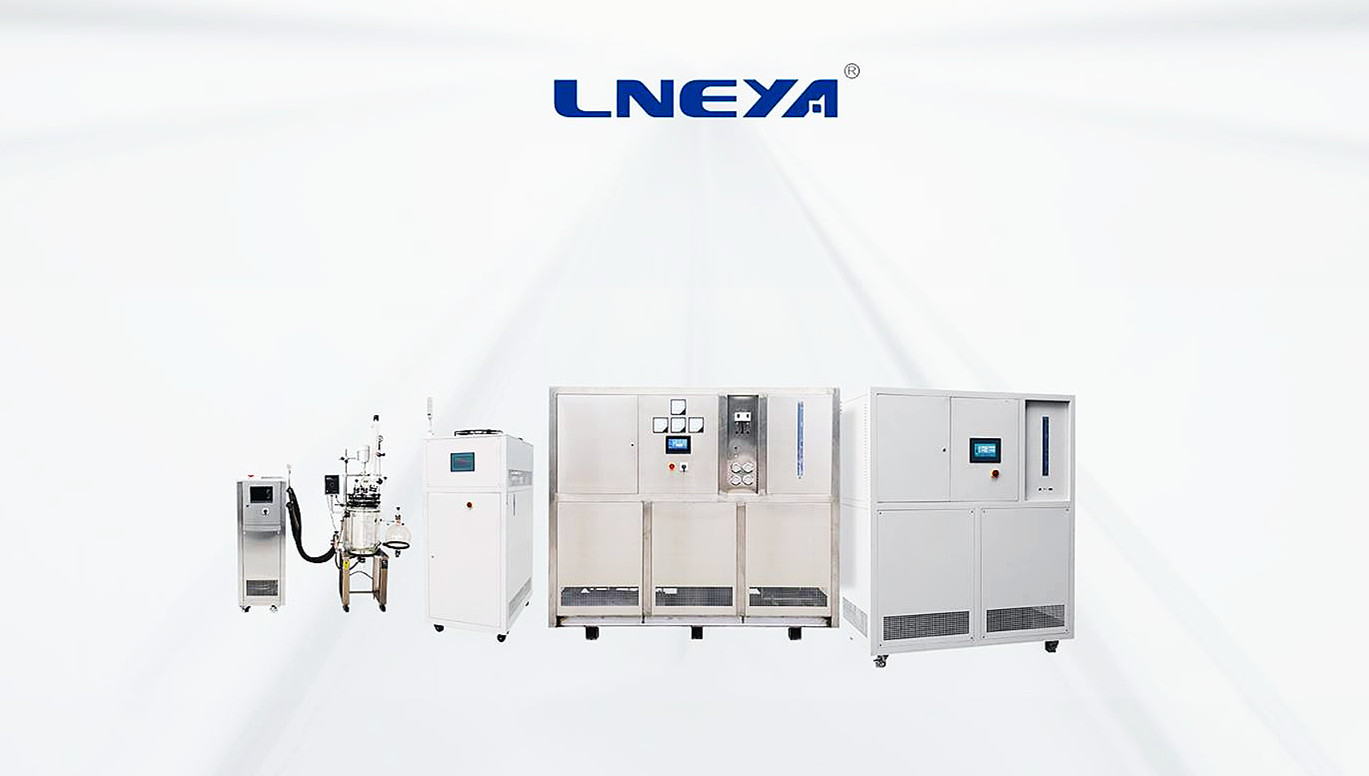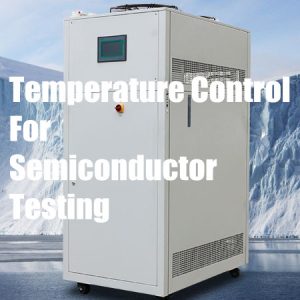Selection Method of Water Cooled Chiller or Air Cooled Chiller
Nowadays, the application of industrial water chiller has involved various industries, including petrochemical industry, plastic industry, electronic industry, vacuum coating and so on. However, when purchasing industrial water chillers, many enterprises are very tangled about whether to choose water-cooled chillers or air-cooled chillers. Here LNEYA introduces some differences between them to help us make better choices.

Firstly, the property principle of industrial water chiller is a multifunctional refrigeration equipment, which removes the liquid steam engine through compression or heat absorption refrigeration cycle. The type of water chiller can be divided into air-cooled chiller and water-cooled chiller according to different refrigeration forms of water chiller.
Our simple identification method in appearance is that the air-cooled chiller with fan installed on the top or side of the chiller. There is a water-cooled chiller with a water distribution tower. They differ in the way they dissipate heat. The air-cooled chiller uses its own installed fan and air exchange to dissipate heat. The water-cooled chiller needs auxiliary equipment cooling tower or water pump to dissipate heat. The air-cooled chiller does not need a cooling tower. It is simple to install and easy to move. It is suitable for occasions with less water source. However, because the air-cooled chiller dissipates heat by fan, it has high requirements for ventilation, humidity, temperature and other surrounding environment. The water-cooled chiller runs more stably, has less cooling loss, is easy to return oil, and the heat transfer pipe is not easy to freeze crack, which is more effective than air-cooled water. However, the water-cooled chiller covers a wide area and its price is higher than that of air-cooled chiller. Therefore, when selecting the chiller, we must consider the objective environmental factors, select the appropriate type, and then select the appropriate chiller according to the refrigerating capacity.
Recommandations connexes
-
Sous quels aspects faut-il envisager l'utilisation de refroidisseurs à circulation ?
955Circulating coolers are a popular choice for temperature-critical applications because they provide stable temperature control, constant flow and constant pressure control. Many process heating systems require cooling and heating. For example, man...
Voir les détails -
How to solve the problem of insufficient cooling capacity of semiconductor cooling cycle system?
1315The semiconductor cooling cycle system is a device for cooling the semiconductor heating part. LushiA reminds that if the cooling capacity is insufficient during the operation, it is necessary to check in time to see if something has gone wrong. W...
Voir les détails -
Changes in temperature control methods during semiconductor testing
1097As the use of semiconductor devices expands into new areas, such as automotive electronics, stricter requirements are imposed on their performance. Example: Devices are now required to operate at very low temperatures (about -40°C). To determine w...
Voir les détails -
Impact et solution de la surchauffe des gaz d'échappement des refroidisseurs industriels
1208Industrial water chiller compressor exhaust temperature determines whether the equipment can stably and efficiently run. The common problem of compressor is excess exhaust temperature. Once the situation appears, it is easy to make industrial chil...
Voir les détails
 LNEYA Industrial Chillers Fabricant Fournisseur
LNEYA Industrial Chillers Fabricant Fournisseur














